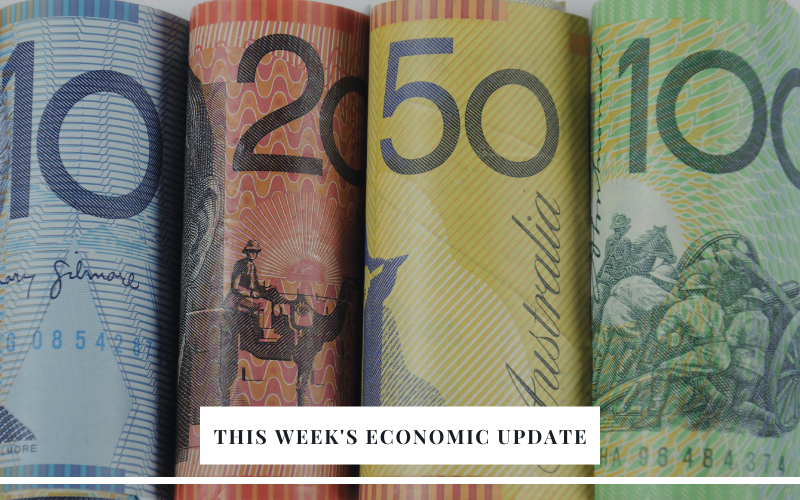Hey gang, get up to speed on this week’s financial trends with my market updates.
The week started with some pretty ugly news from the International Monetary Fund downgrading global economic growth and it’s forecast for the Australian economy… all because of the uncertainty surrounding the UK’s Brexit and the US-China trade deal.
The IMF now expects 3 per cent growth in the global economy this year… down from the previous forecast of 3.4 per cent. And next year won’t be a whole lot better at 3.2 per cent (revised down from 3.5 per cent)
While there is no talk of economic recession (phew), growth is about half the long term average.
That’s why those disappointing consumer confidence figures this week shouldn’t have surprised anyone.
With the economy so slow and wage rises still muted, savings from the tax and interest rate cuts have not triggered a consumer spending spree. Instead, consumers are using the tax and loan savings to pay down debt rather than spend at the shops. They’re scared they might lose their job or the economy won’t pick up.
Thankfully the jobs markets is staying very solid. This week’s unemployment drop to 5.2 per cent should be reassuring everyone.
Really pleasing is that the female unemployment is just 5 per cent and the people in work are still at near record high levels.
As the Reserve Bank has been saying recently… the economy is turning nicely.
Aussies Wake Up To Credit Card Rort
With loan and savings interest rates falling after the Reserve Banks rate cuts, those extortionate Credit card interest rates (which have hardly reduced at all) are way too high… and consumers are reacting.
The average credit card balance hit a 19-month low of $3,161.11 in August, down 1.8 per cent on a year ago.
By value, the sum of credit and debit card purchases rose by 0.2 per cent in August, the weakest gain in three months. Card purchases were up 5.5 per cent on the year. Smoothed annual growth (12 month average) fell to a record (15-year) low of 5.7 per cent.
Rents Still Under Pressure
Data released by SQM Research this week showed the national residential vacancy rate edged lower to 2.1 per cent in September 2019, down from 2.2 per cent in August, with the number of vacancies dropping in most cities.
The number of vacancies Australia-wide sat at 71,404 properties. Sydney’s vacancy rate dropped to 3.2 Per cent in from 3.4 per cent in August with 22,762 properties available for rent. Melbourne’s vacancy rate was steady at 2 per cent with 11,599 rental properties available while in Brisbane, the vacancy rate fell to 2.3 per cent in September with 7,880 properties available for rent.
It was a better month for leasing in August, especially in the cities of Brisbane, Perth, Adelaide and Canberra. Sydney also had a relatively good month as well, but vacancies in Sydney still remain elevated and are still predicted to rise before the year is over. Perth and Brisbane are likely to continue to record falls in vacancies over the short to medium term due to current low dwelling completion activity verses increased underlying demand.
Want to take control of your money once and for all? Sign up for our simple, practical and fun online course.




























Trending